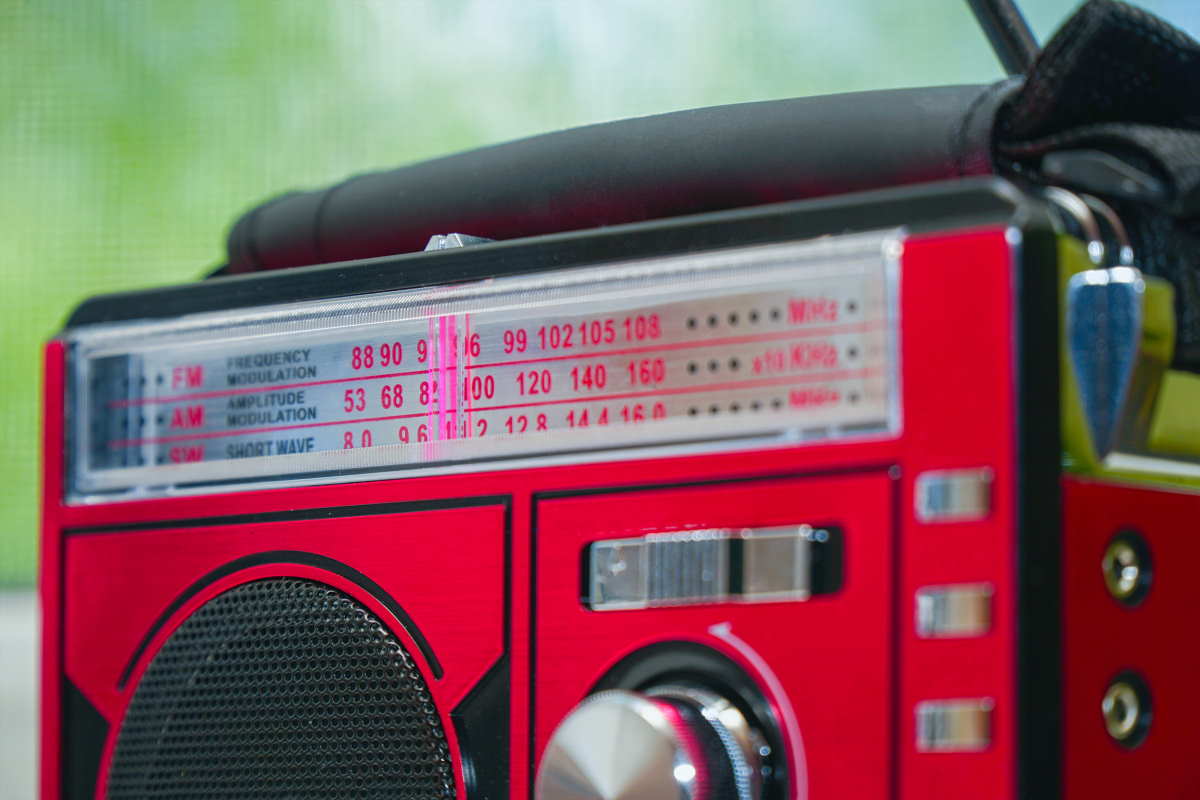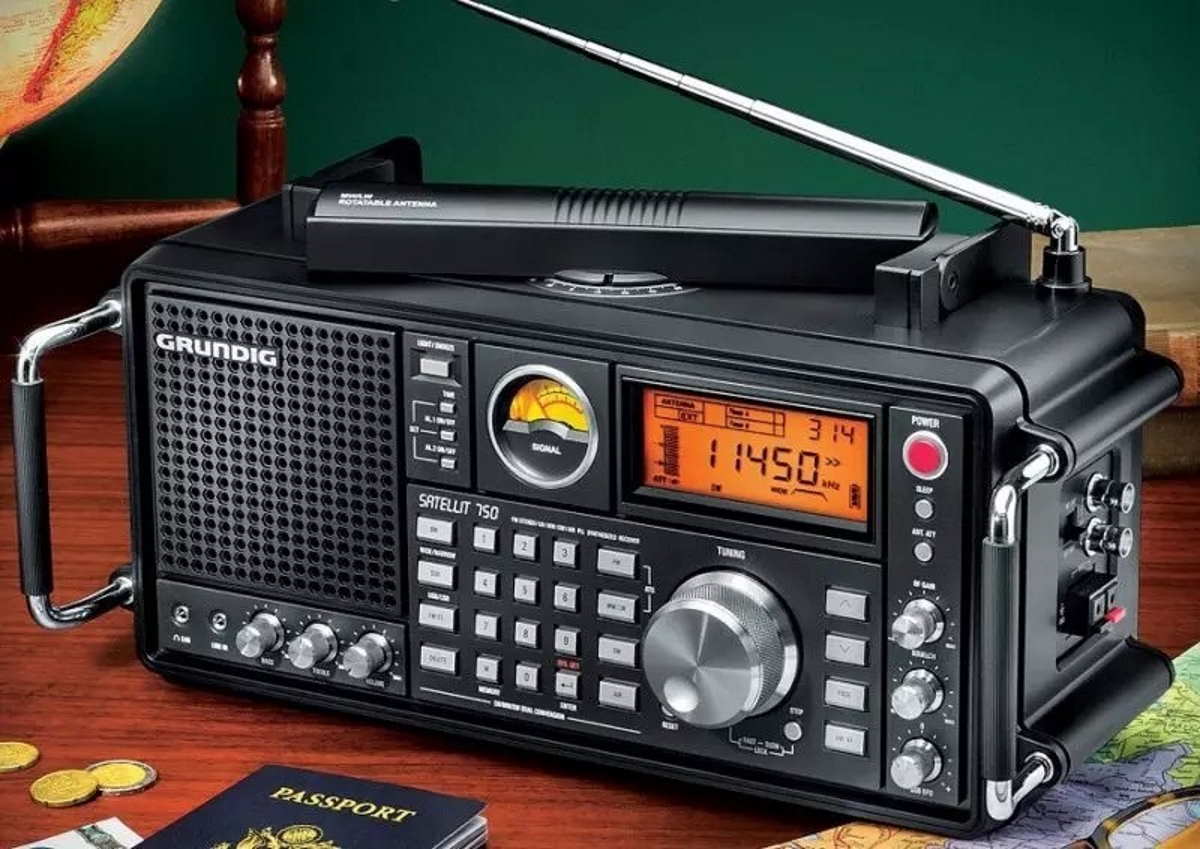The invention of the radio as a broadcasting medium in the latter years of the 1800s is one of those moments that can truly be said to have changed the world. Radio communication is ubiquitous today and forms the core of all of our communication networks. There were three distinct wavelength groups in the early days of commercial radio: longwave, mediumwave and short wave.

This article talks about shortwave radio, what it is and who uses it, and supplies some tips to those who want to begin using shortwave. Let’s start with an explanation of the name.
What is Shortwave Radio?
Radio travels in waves. This was discovered in the 19th century by several remarkable scientists, chief among whom was Guglielmo Marconi, now accredited as the ‘inventor’ of the broadcast radio. Radio waves are a part of the radio frequency spectrum. So, why shortwave?
If you want to learn all about shortwave radio, there are plenty of resources available online where you’ll find more details than we’ve got space for, but summarise a couple of things first. Shortwave radio refers to radio waves shorter than 1500kHz. There are advantages to shortwaves not found in the other wavelengths, notably the ability to broadcast over long distances.
This is why radio fans use shortwaves as a hobby form of broadcasting. However, it is also used by aircraft and vessels at sea and numerous emergency services worldwide. In many countries – notably those in the developing world – the radio stations listened to for entertainment are often shortwave, unlike those in the developed work that tends to be a medium wave. Who uses shortwave radio and why?
Who Uses Shortwave Radio?
The history of shortwave radio is an interesting one that brings up many interesting facts, such as the use of shortwave by Russian President Mikhail Gorbachev, who, when faced with an attempted coup and cut off from all usual communications, kept up to date via the BBC World Service which broadcast on shortwave.
Today, these wavelengths are mainly used for maritime communications, police radio bands, and similar, and many thousands of radio enthusiasts worldwide use the system as a hobby. Many amateur stations broadcast, and an enthusiast – or radio ham – will spend his or her time browsing the wavelengths for broadcasts, much as we browse the internet.
Radio transmitter sets can be purchased surprisingly cheaply, and it is – for many people – an addictive and yet rewarding hobby. Through the wavelengths, you will find many curious broadcasts, including the famous and somewhat mysterious ‘MDZhB’ – or ‘The Buzzer’ – which originates from Russia, and for which the real purpose remains open to speculation (if you want to listen to the short, strange tone it repeatedly broadcasts you can find it at 4625 and 4810kHz).
How to Get the Best Out of Shortwave Radio
The future of shortwave radio is long-term as it remains one of the few broadcasting methods over thousands of miles. Most radio enthusiasts will create a ‘radio shack’ in which their equipment is situated, which becomes their home from home. Some have quite sophisticated equipment, while others use simple radio receivers and transmitters, often built from kits. Here are a few tips that you may want to note if you are looking at joining the band of enthusiasts using shortwave:
Check for RFI
Radio Frequency Interference (RFI) is one of the main problems experienced by ham radio users. RFI is interference from electrical items such as plasma TVs and power sources for computers, and even the regular mains AC outlet. RFI is a background noise that makes listening to shortwave – which can be difficult in certain conditions anyway – even more difficult. The fewer extra electrical items in your shack or home, the better.

Find an Open Space
Another problem with shortwaves is that they can be badly affected by buildings and other solid objects. This is why many enthusiasts use a portable shortwave device if they live in a built-up area. To get around the problem of distorted reception, head to an open space free from buildings, and you will find reception to be much improved.
Create a Wire Antenna
If you are looking for better reception, a length of wire and a crocodile clip can become a useful and efficient aerial. Attached to the reception port of the receiver, you should play around with it to discover the optimum length for the best reception.
Listen with Headphones
As reception can be poor – see the reasons described above – listening with headphones is highly recommend. These are affordable items now that just about every smartphone is supplied with a set of earbud headphones.
That’s all for now, so if you are thinking of getting into amateur radio, enjoy!